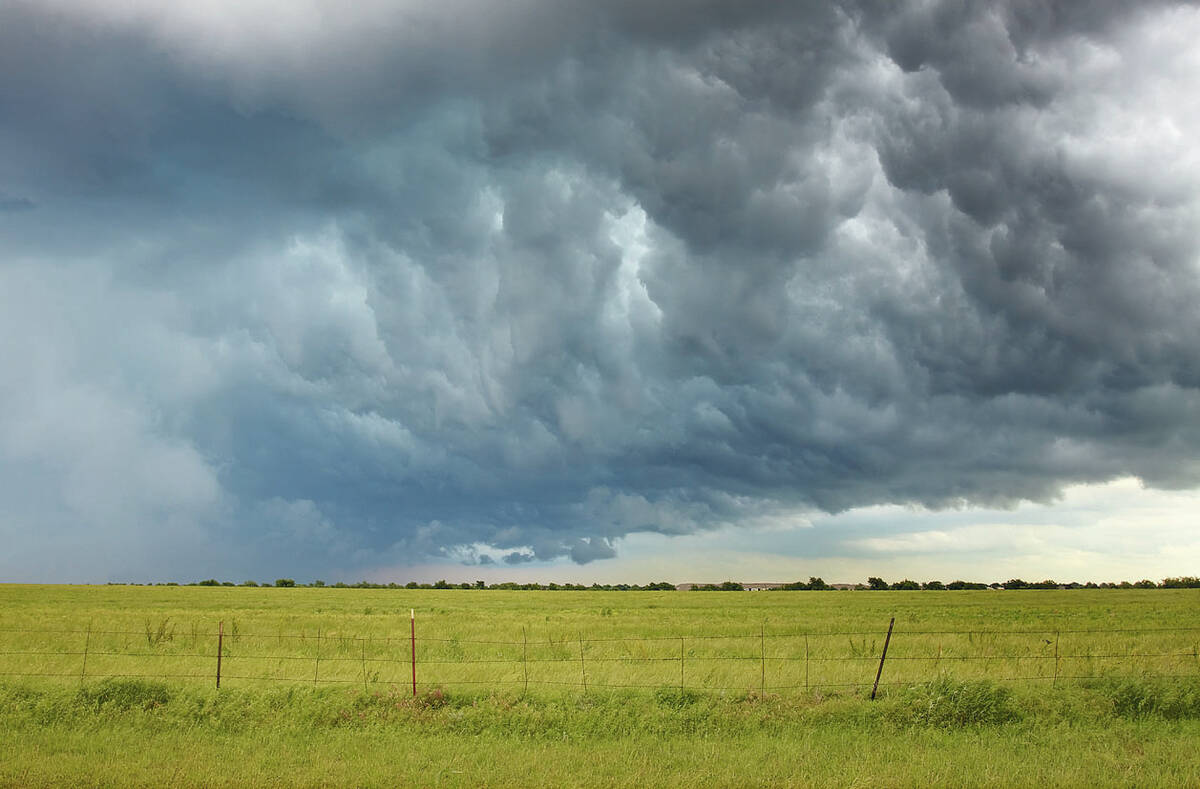VIRDEN, Man. – Fear of the dreaded “buzz” cut was one of the biggest reasons why young people shied away from joining cadets in past decades.
But even with the hirsute look out of style and the mullet haircut now just an embarrassing photo in the high school yearbook, rural cadet corps have continued to dwindle in number.
That doesn’t make sense to capt. Kevin Tutthill, commanding officer of XII Manitoba Dragoons Cadet Corps. He said cadets offers young people many benefits, as well as character-building exercises.
Read Also

Claims filed in Alberta hailstorm aftermath
The numbers are still coming in for the cost of the damage caused by a huge hail storm that hit various areas of Alberta Aug. 20.
In the Virden area, where his 30-member corps is based, membership has been maintained at a viable level for decades, despite some ups and downs over the years.
“Could be a sign of the times, or maybe kids have enough stuff on the go, I don’t know what it is,” said Tutthill, an officer in the Canadian Forces Reserves.
It can’t be the haircut barrier, he added, because “short hair is back in style.”
National recruitment has been strong in recent years, especially for air cadets, and Canada’s commitments in Afghanistan have generated publicity, which has in turn stimulated interest in the military.
“Our kids are mainly from farms and rural areas,” he said, adding that a significant number also come from neighbouring small towns.
For rural parents of modest means, being a cadet offers a good social activity for their children, especially because it doesn’t involve a lot of expense, said Tutthill.
Unlike hockey, which typically means hours of driving to games and practices and hundreds of dollars for equipment, having a child in cadets is virtually cost-free. The corps arranges its own bus transportation for out-of-town trips.
“We’re flying to Moncton, N.B., for a five-day trip at the end of March and basically it doesn’t cost the parents anything except for a bit of spending money for while we’re there,” he said.
“It’s an interprovincial cadet exchange, a chance for the kids to see a different part of the country.”
Open to boys and girls 12 to 18 years of age, cadets can participate in a range of unusual activities, such as target shooting, Canadian history, map and compass training and the modern offshoot GPS, geo-caching, plus national exchange trips courtesy of the Department of National Defence.
Physical fitness, citizenship and stimulating an interest in the Canadian Forces are the three goals of the program. But not all cadets end up in the reserves or the regular forces once they are old enough to join.
“I’ve seen stats that a huge percentage of Air Canada pilots are ex-cadets. I think a lot of the present Canadian Forces probably got their feet wet in the cadet program.”
The term dragoon refers to mounted infantry, which traditionally would ride into battle, dismount and then engage the enemy. Cavalry, on the other hand, would remain on horseback. Three hours of drill training is the only part of being a cadet that is mandatory.
“It’s as little or as much as you want,” he said.
Weekends include optional shooting at the local range, or sports activities. Every summer, the cadets are flown to a summer camp in British Columbia or the Yukon for two to six weeks.
“Even the kids who go to the two or three week camp, the government cuts them a cheque for $200 to $300 when they come back. It’s kind of a training bonus,” Tutthill said.
Older staff cadets make a “very good” wage, he added.
“When you’re there, you’re looked after by the crown, you get three squares a day and a roof over your head.”
The sky is the limit for elite gold star cadets, with trips to Wales or parachute training, for example.
















